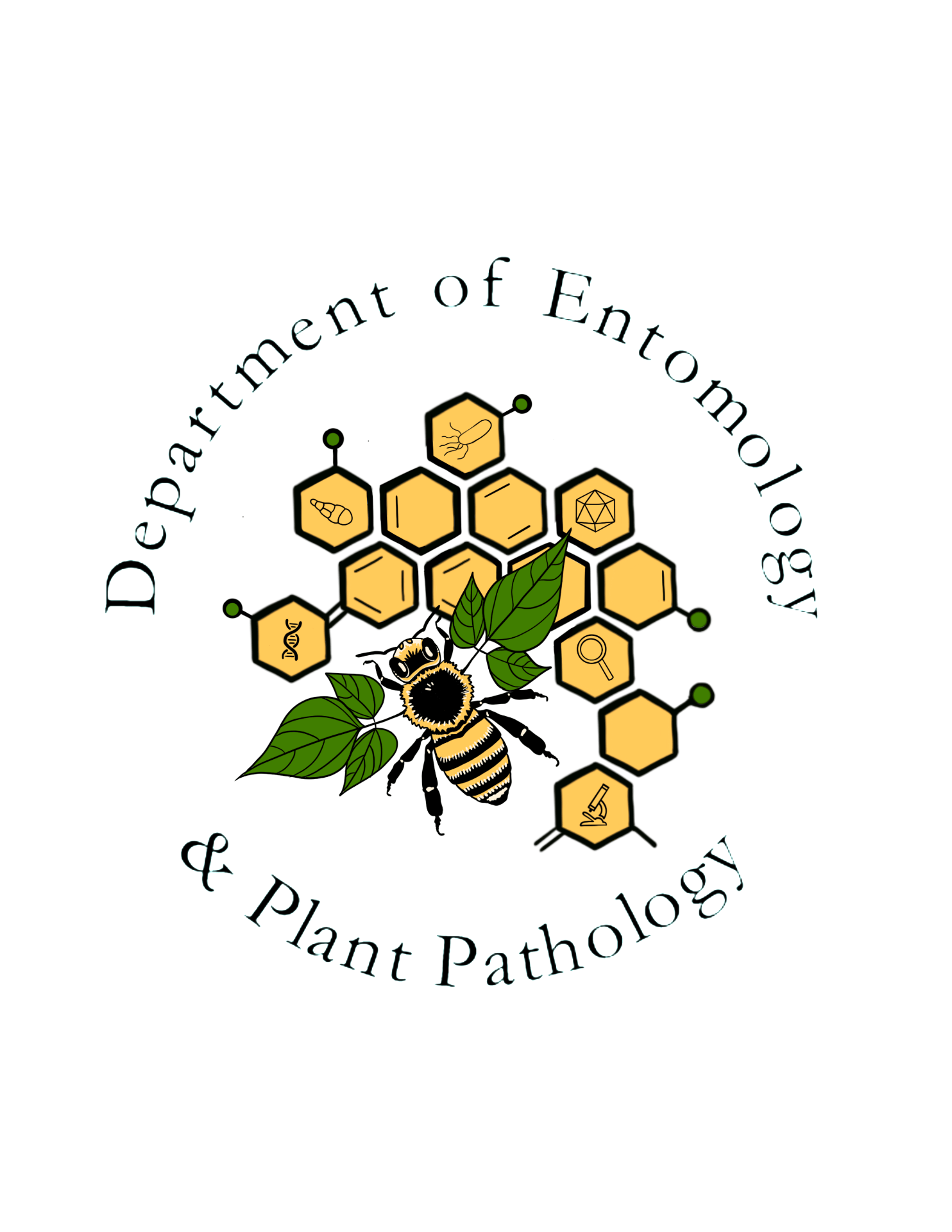Green June beetle
Order: Coleoptera
Family: Scarabaeidae
Genus and species: Cotinis nitida (Linnaeus)

Sometimes called the fig eater because of the adult’s fondness for figs and other ripe, thin-skinned fruits, the green June beetle is native to and widely distributed in the eastern United States from Connecticut to Florida and Kansas to Texas. Adults feed on and damage many kinds of ripening fruits, including peaches, grapes, blackberries, apples, and even tomatoes and corn. The beetles are attracted to sap of some trees, and they sometime gnaw on young twigs, causing them to break off. The beetles are deep metallic green with bronze reflections and brown margins, and they measure up to an inch long. They are attracted to decaying organic matter that serves as oviposition sites. Turfgrass and crops top-dressed with manure and other organic amendments are attractive sites for laying eggs.
Green June beetle larvae are considered only minor pests. They damage turf mechanically by burrowing, but they feed very little on the roots. They crawl to the surface at night to feed on decaying organic matter. They leave behind small mounds of soil about 2 ½ inches in diameter at the tops of vertical burrows about 3/4 inch in diameter. The grubs have very small legs that are not used for surface locomotion. When on a hard surface, they turn onto their back and crawl with their legs in the air.
Adults emerge from the soil beginning around mid June, lay eggs in July and August, and they die off by September. Beetles emerge in early morning. Females soon settle in vegetation, but males buzz like bumble bees while flying a few inches above the ground or sometimes soaring above tree tops. By afternoon, most beetle activity has subsided.
Unmated females attract males with a sex pheromone. After mating, they burrow 4-8 inches into the soil to lay eggs. The female deposits its eggs in balls of soil about the size of a walnut. The ball is held together with a gelatinous secretion. Eggs hatch in August, and the grubs feed on manure and decomposing vegetation. The grubs molt twice before fall and they pass the winter as third stage – or third instar – larvae at the bottoms of their burrows in the soil. In the spring, they become active again and feed for a while before preparing earthen cell in the soil, where they pupate in May and June.
